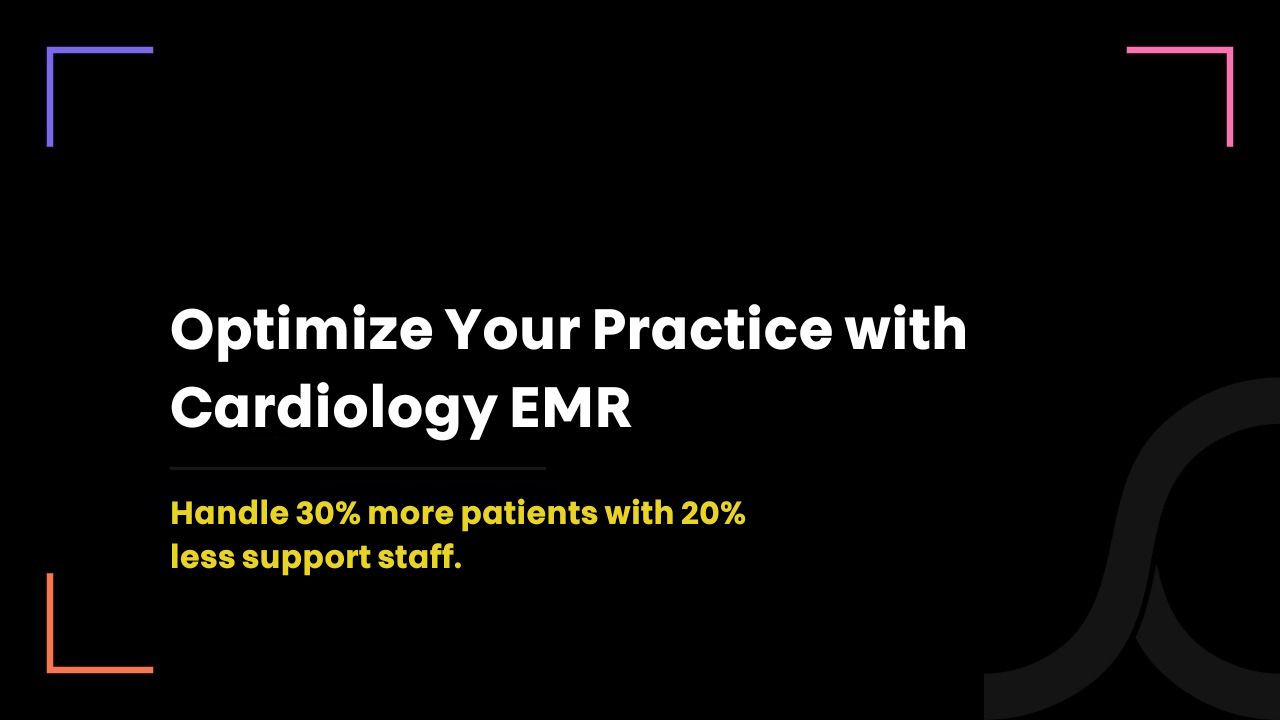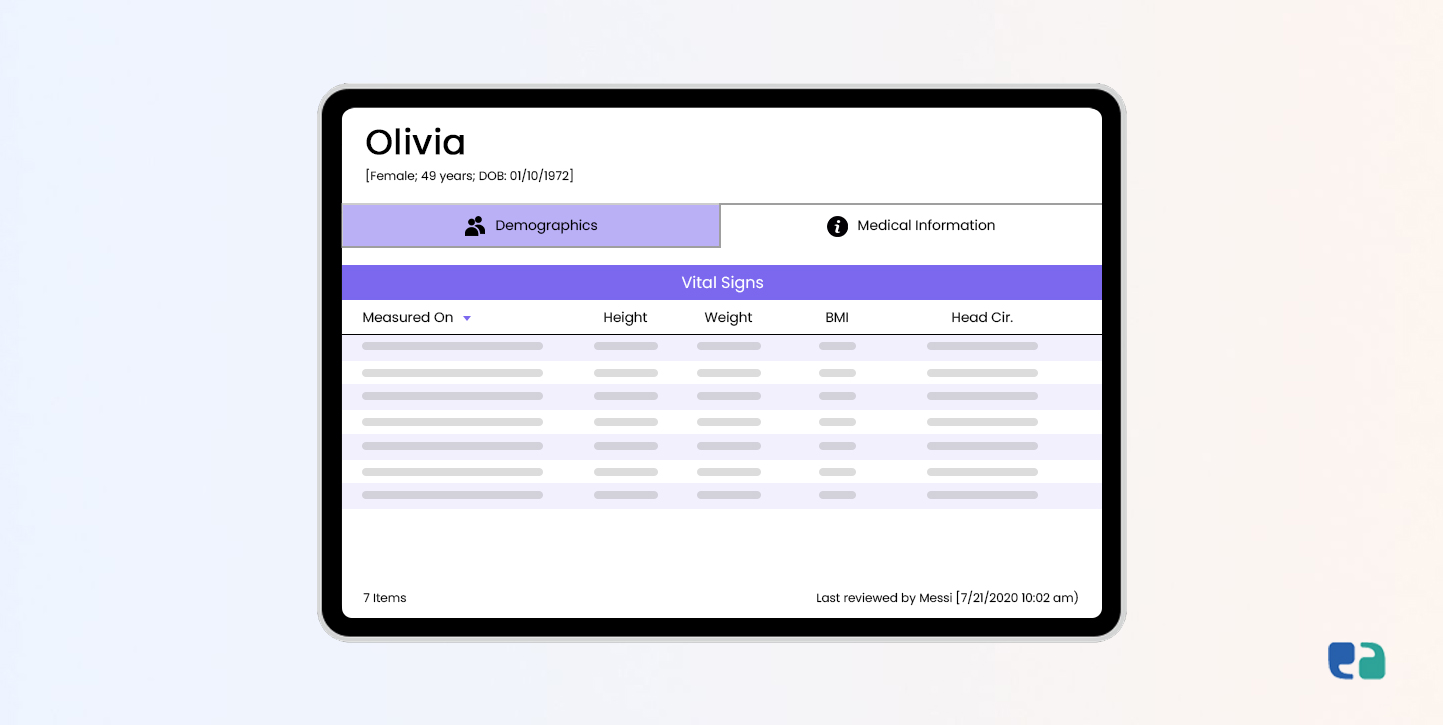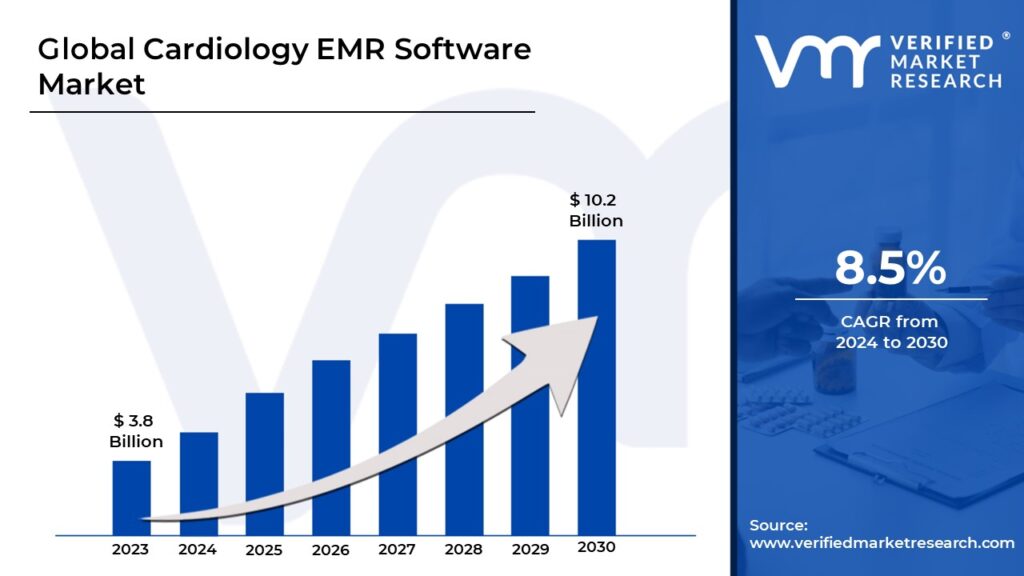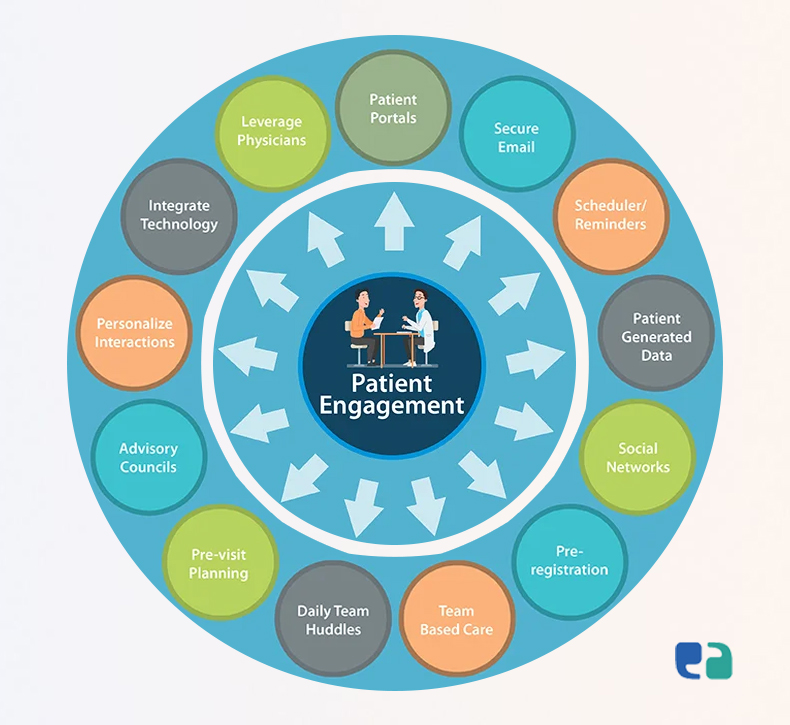Building a Custom Cardiology EMR Software for Canadian Practices: Features, Tech Stack & Development

5 months ago
In Canada, Electronic Medical Records (EMRs) have become vital tools for cardiology practices.
They help improve patient care, boost efficiency, and simplify daily workflows.
The shift from paper to digital records has transformed how cardiologists manage patient information, making it easier to access, search, and organize records.
For cardiologists, whose work involves specialized equipment like ECGs and Holter monitors, an EMR tailored to cardiology is a game-changer.
A cardiology-focused EMR includes specific features, such as customized templates, automated drug interaction alerts, and easy integration with diagnostic devices.
These tools help enhance accuracy, improve patient outcomes, and streamline practice efficiency.
But Canadian cardiologists face unique challenges with EMRs.
Different systems often don’t communicate, creating data gaps and making it hard to see the full picture of a patient's health.
Data portability issues add to the challenge, as many systems restrict access and make switching providers difficult.
In this guide, we’ll show Canadian cardiologists how to build their own EMR software.
We’ll tackle the specific needs of cardiology practices and show how a customized EMR can enhance patient care, improve workflow, and support a more connected healthcare environment.

Why Canadian Cardiologists Need Custom EMR Software
Cardiology practices have unique requirements that call for specialized software solutions. Here’s what they need:
1. Managing Complex Patient Data
Cardiology involves a variety of complex data, including:
- ECGs
- Echocardiograms
- Stress test results
- Blood pressure trends
- Medication histories
EMRs should integrate with diagnostic equipment to efficiently import this data into electronic charts.
A unified platform is crucial for a complete understanding of each patient’s cardiovascular health.
2. Cardiology-Specific Features
- Cardiology-Specific Templates
Pre-built templates help standardize documentation, reducing manual entry. Templates for procedures like pacemaker visits and ICDs streamline workflow and improve accuracy.
- Automated Drug-to-Drug Interaction Alerts
With many patients taking multiple medications, this feature helps prevent dangerous interactions, ensuring patient safety.
- Integration with Diagnostic Equipment
Seamless transfer of data from advanced diagnostic tools reduces manual entry errors and provides clinicians with a comprehensive view of patient information.

Cardiology EMR Software Market Overview
The Cardiology EMR Software Market is booming. In 2023, it was valued at USD 3.8 billion.
By 2030, it’s expected to grow to USD 10.2 billion. This represents a strong growth rate of 8.5% each year from 2024 to 2030.
Several major players dominate this market:
- Cerner Corporation
- Epic Systems Corporation
- MEDITECH
- McKesson Corporation
- Siemens Healthineers
- athenahealth
- eClinicalWorks

The aging population is driving growth in the cardiology EMR market. As cardiovascular diseases rise, there's a greater need for effective information systems.
Additionally, advancements in AI and machine learning are making it easier for healthcare providers to adopt these systems and improve patient care.

Planning and Developing Your Cardiology EMR
Once you understand your cardiology practice's needs, it's time to plan and develop your EMR software. This step is crucial for success.
1. Define the Project Scope
What areas will the EMR cover? Will it just manage clinical data, or also handle billing and scheduling? Define your goals clearly to stay focused.
2. Identify Key Features
List essential features for your EMR. Think about templates, drug interaction alerts, and integration with diagnostic equipment. You can start with basic features and add more as your practice grows.
3. Set a Realistic Budget
Custom software can be costly. Estimate expenses for development, training, and maintenance. Look at existing solutions for pricing benchmarks and consider potential cost savings from improved efficiency.
4. Choose a Development Methodology
Decide between a linear approach (Waterfall) or a flexible one (Agile). Agile is often better for projects that may change over time, as it allows for ongoing improvements.
5. Involve Key Stakeholders
Engage everyone involved—cardiologists, nurses, IT professionals, and admin staff. Their input is vital to ensure the EMR meets the needs of your practice.
Essential Features for Your Cardiology EMR Software

1. Clinical Documentation
Custom templates help document clinical encounters like ECGs and stress tests efficiently.
Digital records improve accuracy and organization. E-prescriptions with alerts prevent medication conflicts, ensuring patient safety.
2. Data Management and Analytics
Data encryption keeps patient information secure.
Role-based access controls ensure only authorized staff can access sensitive data.
Audit trails provide accountability, while data visualization tools help analyze trends for better clinical decisions.
3. Patient Engagement
Secure messaging enables direct communication between patients and providers.
A patient portal gives patients access to their health records, improving their involvement in care.
Appointment reminders help reduce no-shows, and telehealth features expand access for remote consultations.

4. Billing and Coding
Integrating billing software streamlines the billing process.
Features for verifying codes ensure accurate billing. E-claim submission speeds up reimbursements.
5. AI Incorporation
AI can analyze medical images to assist in diagnosis and predict future risks based on patient data.
This leads to better preventive care and personalized treatment plans.

Keeping Patient Data Safe in Cardiology Practices
Handling sensitive patient information means data security and regulatory compliance are super important in cardiology.
In Canada, laws like the Digital Personal Data Protection Act (DPDP) and PIPEDA govern how personal information is used. You also need to check your province's laws, like Ontario's PHIPA.
To keep data secure, make sure your EMR software has:
- Data Encryption: This keeps patient info safe from prying eyes.
- Role-Based Access Controls: Only allow authorized staff to see sensitive data.
- Audit Trails: Track who accesses or changes data to ensure it’s accurate.
Your EMR should meet standards like Meaningful Use in the U.S. and follow provincial rules in Canada.
Don’t forget about secure data storage and any local rules on where patient data can be stored.

Choosing the Right Technology Stack for a Cardiology EMR
When building a cardiology EMR, the right technology stack is crucial for scalability, security, and compliance. Here’s a quick guide:
1. Programming Languages
- Java is great for large applications.
- Python is simple and ideal for AI features.
- C# works well with Microsoft systems.
- JavaScript is key for interactive interfaces.
2. Databases
- Relational databases like MySQL are good for structured data.
- NoSQL databases like MongoDB handle unstructured data well.
3. Cloud Platforms
- AWS offers many healthcare solutions.
- Microsoft Azure focuses on security.
- Google Cloud Platform excels in AI and data analysis.
Guidance
Consider your project’s needs, budget, and your team's expertise.
Scalability and Interoperability:
Your EMR should grow with your practice and connect easily with other systems using standards like HL7 and FHIR.
Implementing and Integrating a New Cardiology EMR System
Implementing a new EMR system for your cardiology practice is a big job, but it can really pay off. Here’s a simple guide to make it easier:
1. Steps to Implement
- Plan and Prepare: Assemble a team of doctors, nurses, admin, and IT. Set clear goals for patient care and data management. Evaluate current workflows for improvement.
- Data Migration: Transfer patient data carefully. Ensure accuracy and consistency before going live.
- Configure and Customize: Tailor the EMR to your practice. Set user roles and customize templates for cardiology procedures.
- Train Staff: Train all users on relevant features and provide hands-on practice with ongoing support.
- Testing: Test all modules and ensure integration works smoothly. Validate usability with end-users.
- Go-Live: Implement in phases to minimize disruptions. Start small and expand as staff become comfortable. Provide ongoing support based on user feedback.
2. Smooth Transition Strategies
- Communicate: Keep everyone informed with updates and timelines.
- Phased Rollout: Implement in stages to minimize disruption.
- Data Validation: Ensure accurate data migration with strong validation checks.
- Dedicated Support: Have a team ready to help with any questions.
- Change Management: Acknowledge that change is hard. Support your staff and foster a positive attitude toward the new system.
3. Integrating with Other Systems
- Use standard protocols like HL7 and FHIR for smooth data exchange.
- Work closely with EMR and other system vendors for integration.
- Test everything thoroughly for security and compliance.
Collaborating with a healthcare-IT team can help you build a robust and efficient cardiology EMR system tailored to your practice's specific needs.

Future Trends in Cardiology EMRs
The future of cardiology EMRs looks promising! Let’s explore some exciting trends that can enhance patient care.
1. Personalized Medicine
Personalized medicine means tailoring treatments for each patient. EMRs can help by:
- Storing genetic data to identify disease risks and customize treatments.
- Tracking how patients respond to medications for better results.
- Offering lifestyle change suggestions based on individual health goals.
2. Predictive Analytics
Predictive analytics uses data to foresee health outcomes. In cardiology, this can help:
- Detect cardiac issues early by analyzing patient data.
- Prioritize care for high-risk patients.
- Identify those struggling with medication adherence to provide extra support.
3. Wearable Technology
Wearables like smartwatches are rich in health data. EMRs can use this data to:
- Monitor vital signs remotely for early problem detection.
- Track activity and sleep to guide lifestyle changes.
- Remind patients to take their medications, improving adherence.
By integrating these trends, cardiology EMRs can greatly enhance patient outcomes and drive innovation in cardiovascular care.

